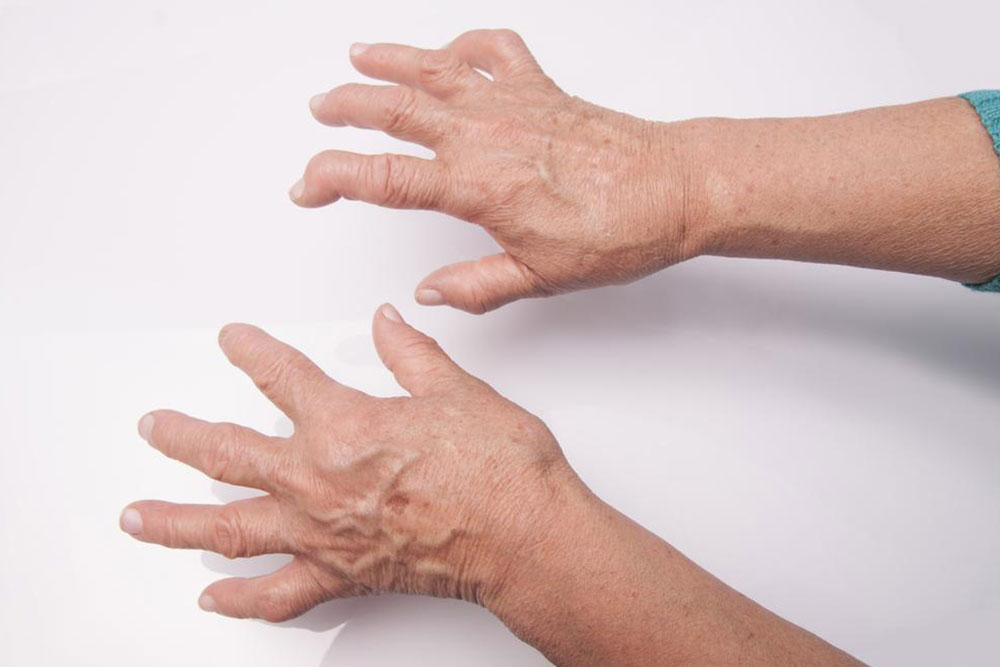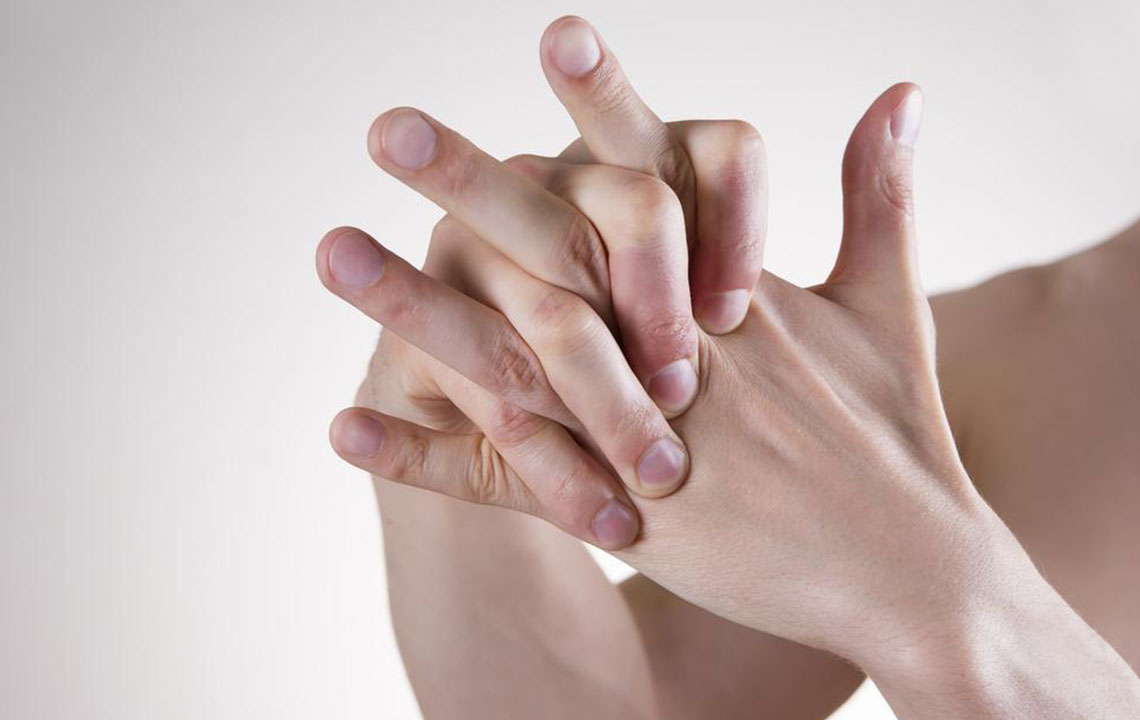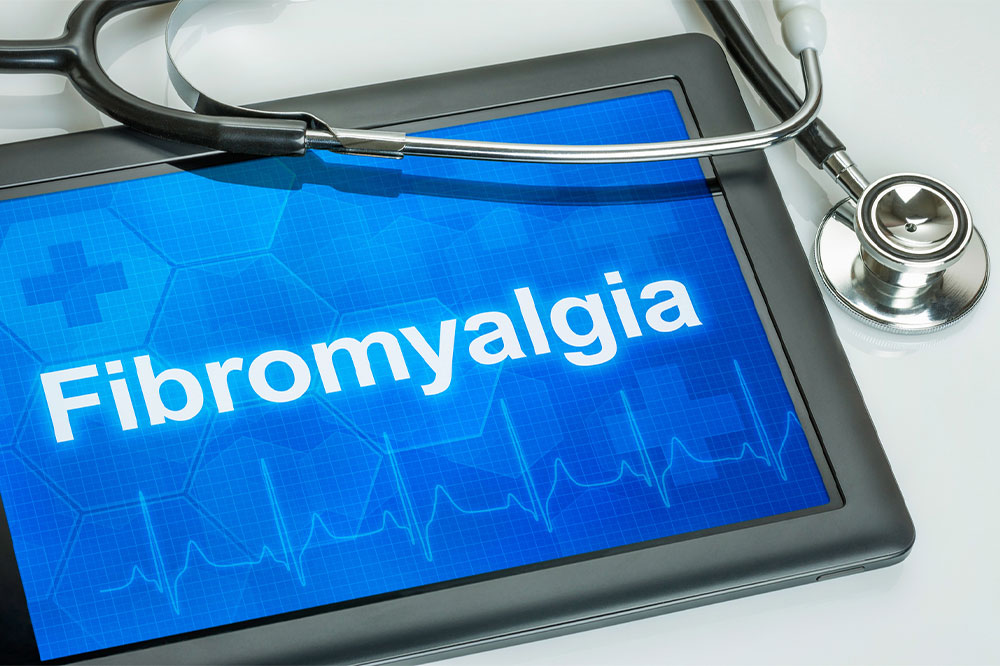Understanding Rheumatoid Arthritis and Lupus: Key Insights
This article offers essential insights into Rheumatoid Arthritis and Lupus, highlighting their symptoms, differences, and management strategies. It emphasizes early detection and lifestyle modifications to improve patient outcomes and quality of life. Learn about the importance of medical guidance, healthy habits, and support systems for coping with these chronic autoimmune diseases.
Sponsored

Rheumatoid Arthritis (RA) and Systemic Lupus Erythematosus (Lupus) are long-term autoimmune conditions characterized by chronic inflammation, where the immune system mistakenly attacks the body’s tissues. These diseases can cause symptoms like pain, swelling, redness, and impaired function, impacting internal organs and external joints alike.
Differences between RA and Lupus
RA primarily targets joints, leading to pain, stiffness, and deformity, but can also affect other tissues. Lupus is a more systemic disease that can involve the skin, heart, lungs, kidneys, brain, and blood, causing diverse symptoms and tissue damage.
Both conditions can affect individuals of any age, although their exact causes remain unknown. Common symptoms include fatigue, muscle aches, and joint or organ-specific issues. Recognizing early signs such as fever, joint swelling, skin rashes, or chest pain is vital for timely diagnosis.
Early RA symptoms: fever, anemia, joint pain, stiffness, swelling, deformity, tenderness, loss of joint function, and symmetry of joint involvement.
Early Lupus symptoms: unexplained fevers, kidney inflammation, fatigue, hair loss, butterfly-shaped rashes, lung problems, gastrointestinal issues, swollen joints, dry eyes or mouth, and thyroid concerns.
Although there's no cure for RA or Lupus, managing symptoms effectively can enable a normal life. Treatment may involve medications, lifestyle adjustments, and regular medical checkups. Incorporate gentle exercises like walking, swimming, or cycling to boost mood and health. Prioritize rest, a balanced diet, and protect your skin from sun exposure. Support communities and open communication with healthcare providers are essential for coping and maintaining quality of life.






